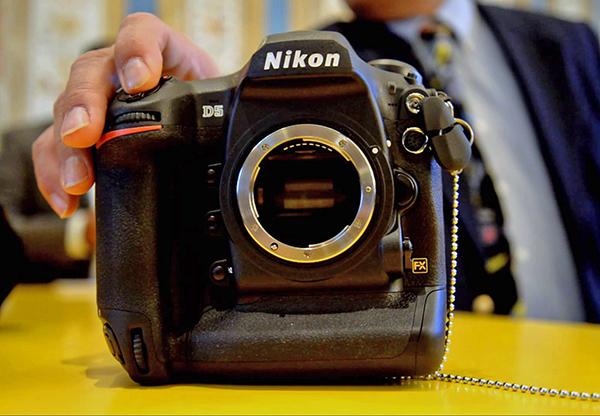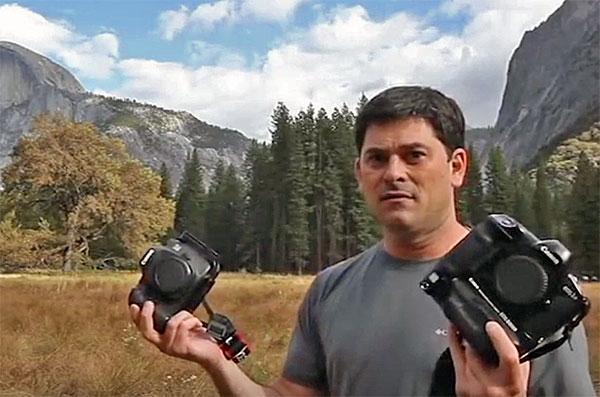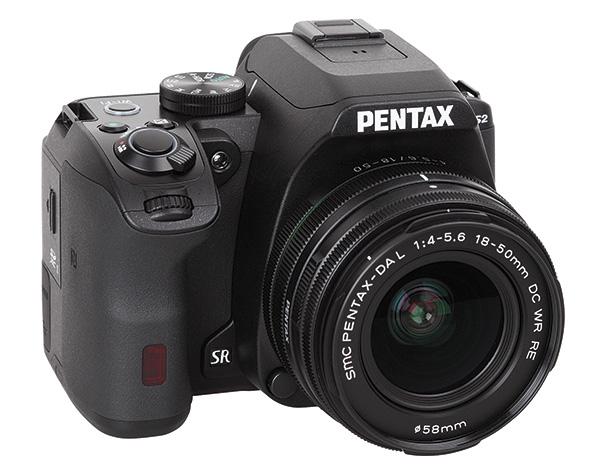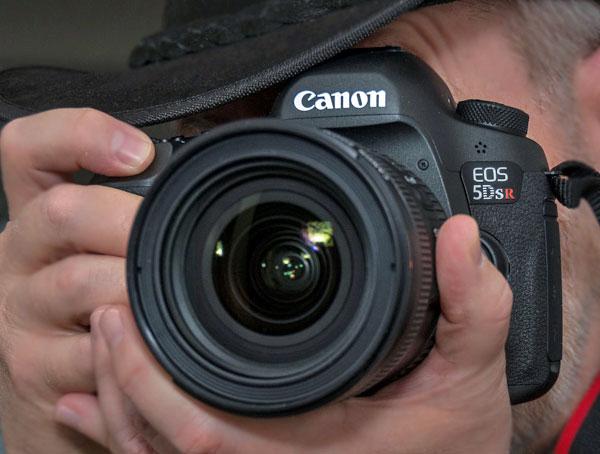DSLR Reviews
Sort By: Post Date TitlePublish Date
|
Jan 07, 2016 |
|
Dec 30, 2015 |
|
Dec 08, 2015 |
|
Nov 04, 2015 |
|
May 28, 2015 |
|
May 12, 2015 |
|
May 04, 2015 |
|
Apr 15, 2015 |
















